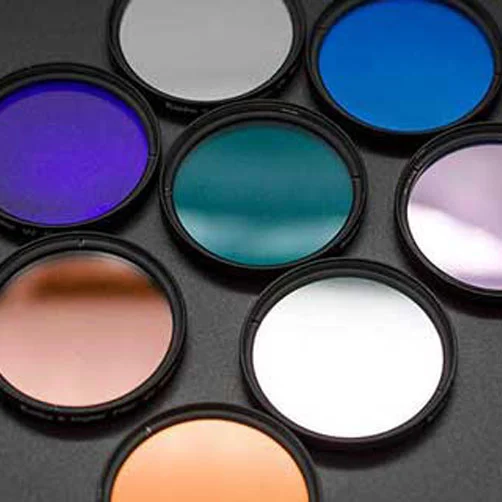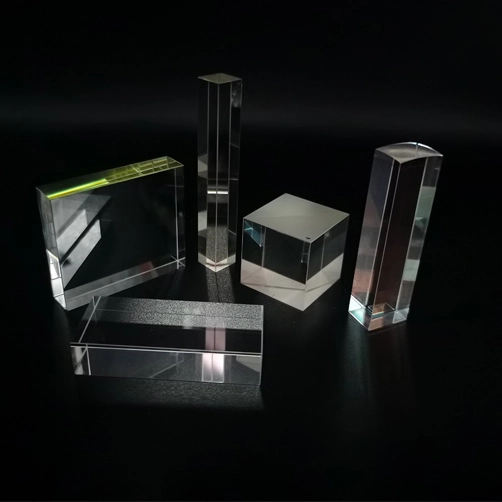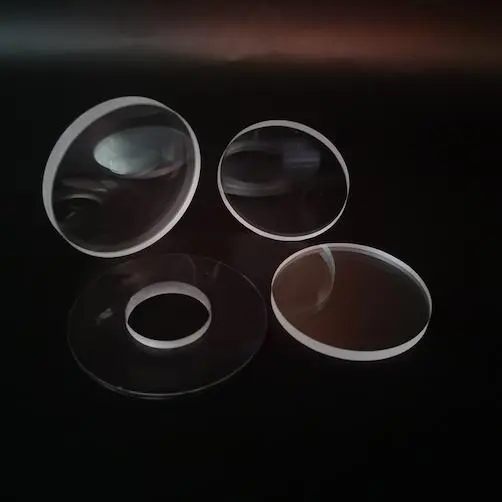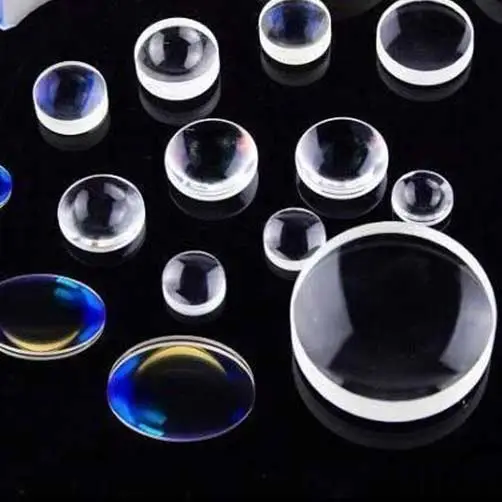
Band pass filter optics are designed to transmit the desired wavelength range and cut off the unwanted wavelength range. Their design is essentially a thin film formed by vacuum deposition techniques, which consists of two reflective stacks separated by an even number of spacer layers.
Each of these structures is called a cavity, some optical filters may contain as many as eight cavities, there are many different variants of band pass filter optics, but we will only consider all-dielectrics in this discussion and metal dielectric types.
The all-dielectric type consists of two highly reflective mirrors separated by a dielectric spacer layer, these mirrors are constructed of alternating high and low refractive index materials, and the reflectivity of the stack sometimes exceeds 99.99%.
By changing the thickness of the spacer and/or reflective layers, the center wavelength and bandwidth of the optical filter can be changed. This type of filter exhibits high transmission in the passband, but has a limited range of out-of-band blocking.
To compensate for this, an additional barrier component is added, which can be either all-dielectric or metal-dielectric, depending on the desired barrier range.
This additional blocking component will eliminate any unwanted out-of-band radiation, but will also reduce the overall throughput of the filter.
The metal-dielectric type is similar to the all-dielectric type, except that it utilizes a metal spacer layer in place of the dielectric layer. Although this type of filter has excellent out-of-band blocking and high-pass band transmission, it lacks the steep cut-off slope of typical two cavity and three cavity filters.
The metal-dielectric type is primarily used as band pass filter optics in the ultraviolet, however, when far infrared rejection is required, a form of inductive transmission type can be used as an additional blocking component.
Band pass filter optics are fabricated by depositing multiple layers of optical material on the surface of a substrate, typically multiple stacks of dielectric films separated by spacers. The dielectric film stack is composed of a large number of alternating layers of high and low refractive index dielectric materials.
The thickness of each film in the dielectric film stack is λ/4, where λ is the center wavelength of the band pass filter optics (that is, the wavelength corresponding to the maximum transmittance of the optical filter), and the spacer layer is located between the dielectric film stacks. The thickness is (nλ)/2, where n is an integer.
The spacer layer can be colored glass, epoxy resin, dye, metal or dielectric layer. The Fabry-Perot cavity is composed of two dielectric film stacks and a spacer layer in the middle. The optical filter is installed in a marked metal ring, which can protect the optical filter and facilitate operation.



